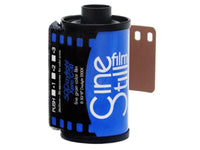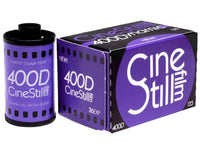With an increased demand for screen-free, analogue hobbies over digital consumption, film photography feels more relevant than ever in 2026. Read on to discover how shooting film offers a slower, more mindful, more intentional way to create images - and staying present in moments that truly matter.
Recent posts
Shop the article
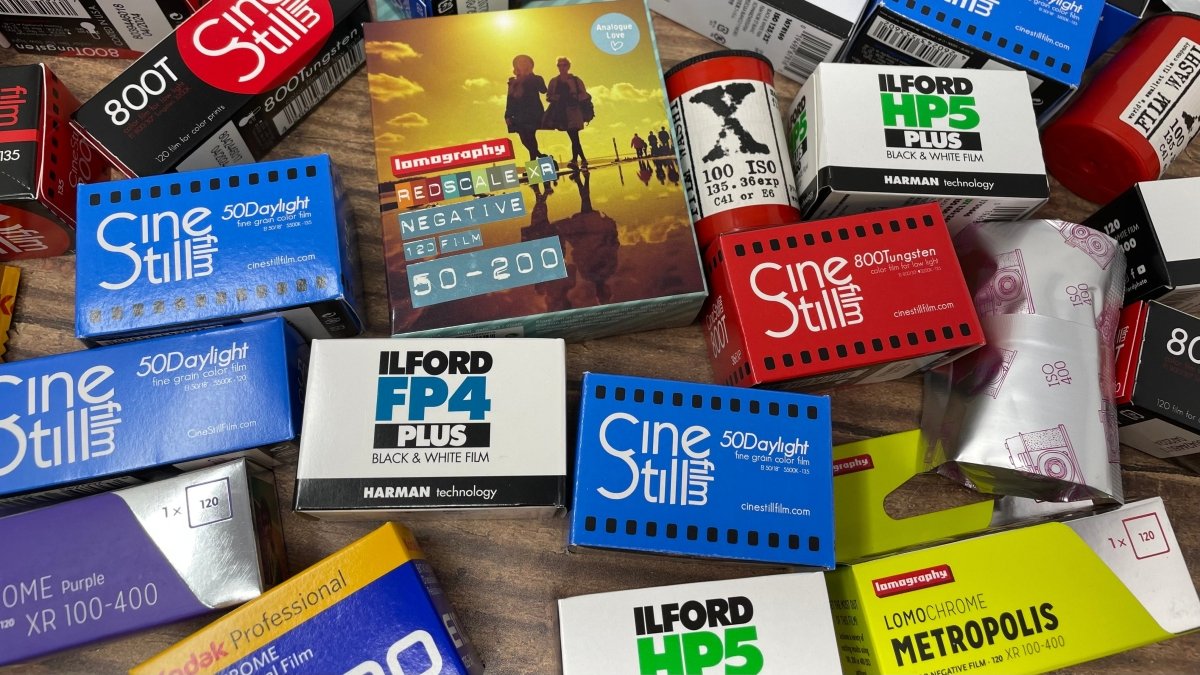
Kodak Film Shortage- What Film to shoot
By Emma Lloyd
It is no secret that 35mm colour film has been a bit… elusive in recent years. Although we don’t see this scenario changing in the short term, there is hope on the horizon. We have been spoiled in 2022 with lots of new exciting film launches, and there are lots of alternative films and other creative methods you can adopt to continue pursuing your passion for film photography! Keep reading to find out more.
For more information on why there have been shortages of colour film in recent years, jump to the relevant section HERE
What alternative colour films to Kodak are there?
So let’s get stuck in! Kodak may be the biggest name in the business, and the most iconic brand you think of when colour film comes to mind, but there are plenty of other awesome film manufacturers making colour emulsion too. And colour photography isn’t the only option, there are a plethora of black and white films available that are definitely worth exploring.
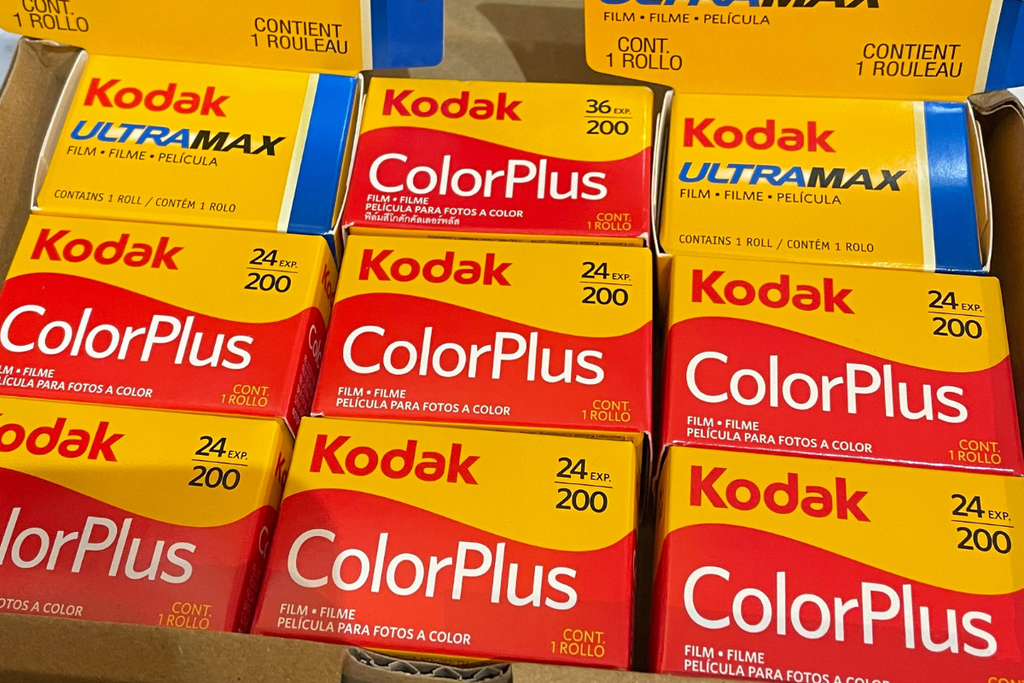
CineStill
CineStill is a film manufacturer based in Hollywood. They convert motion picture film into still picture film. They are quite a new name on the film scene compared to some of the other more historic brands. CineStill were established in 2012 by the Brothers Wright, and have quickly built themselves a fantastic reputation world wide for their innovative approach for fulfilling our analogue needs!
CineStill specialise in converting rolls of cinema film (designed for movies, hence their name CineStill FIlm), into batches of 35mm and medium format film. Their passion is for everyday photographers who buy CineStill film to have the same access to high-quality emulsions as Steven Spielberg, Wes Anderson, Martin Scorsese, and The Coen Brothers!
CineStill has two iconic colour emulsions and a third that has very recently been released. CineStill film is amongst our best selling films, and something every film photographer should try.
CineStill 800t
CineStill 800t is arguably what the film brand is most well known for. Beta testing for the film began in 2012, after shooting Kodak Vision 3 for their own photography and loving the results. The Wright brothers did this by shooting a roll of bulk vision 3 film after establishing a relationship with a local motion picture lab. Other photographers began contacting them saying they loved the film and would also love to shoot it, so the brothers set out to find a way to make it usable in standard 35mm canisters and with standard C41 developing.
In order to do this, the brothers needed to find a way to remove the remjet layer. A remjet layer is a protective layer on motion picture film that protects from light piping, scratches, static and halation of lights in exposure. It was needed for movie films that would be shot under big artificial lights, to prevent any of these effects showing up in the final movie. Films with a remjet layer also require a special ECN-2 chemical processing, which is difficult to do with the short lengths of film used for still photography processing.
This is where CineStill 800t was born! A movie film with the remjet layer removed and it is consistently one of our best selling films. It has high light sensitivity and is balanced for natural colours and skin tones under artificial light (tungsten). It is the perfect roll of film for capturing your world at night. Due to the remjet layer being removed, it creates gorgeous soft glows around artificial lighting. Photographers lean into these halations and you will often see it being used to shoot neon signs which amplify this effect.
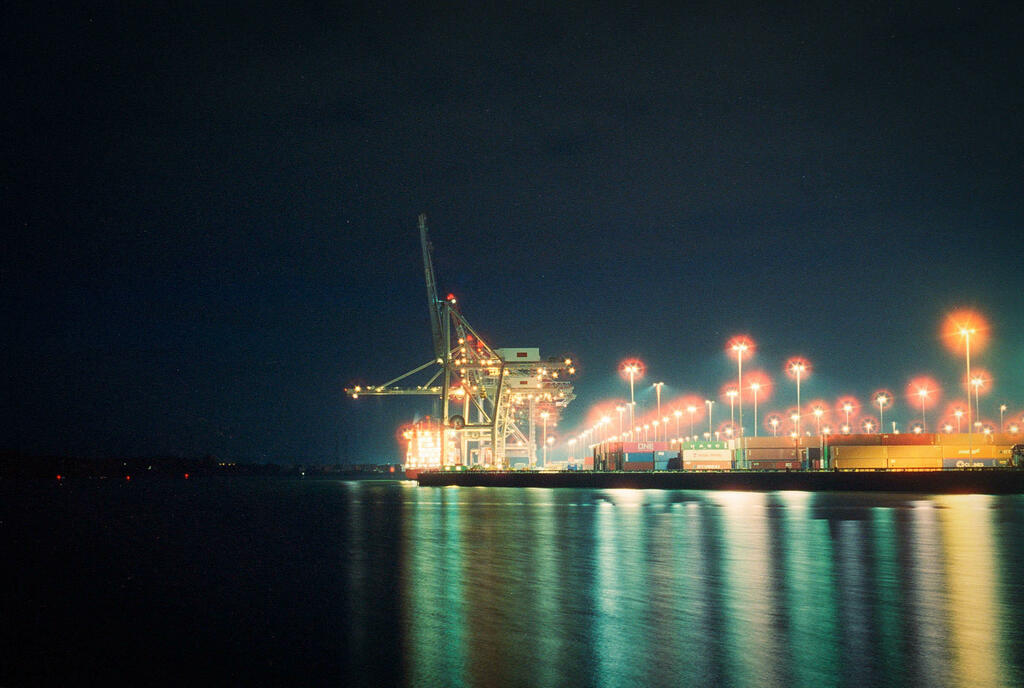
@joetakes.photos
Lives up to the hype
"It's everything it promises. Great lowlight performance, cinematic tones and those trademark halations. Would use again without hesitation..."
800t can look great in the daytime too, but the colours may be slightly more muted or softer. Photos shot in the daylight may have a blue tint to them (due to the fact the film is balanced for artificial lighting) but this can be easily corrected with a soft warming filter.
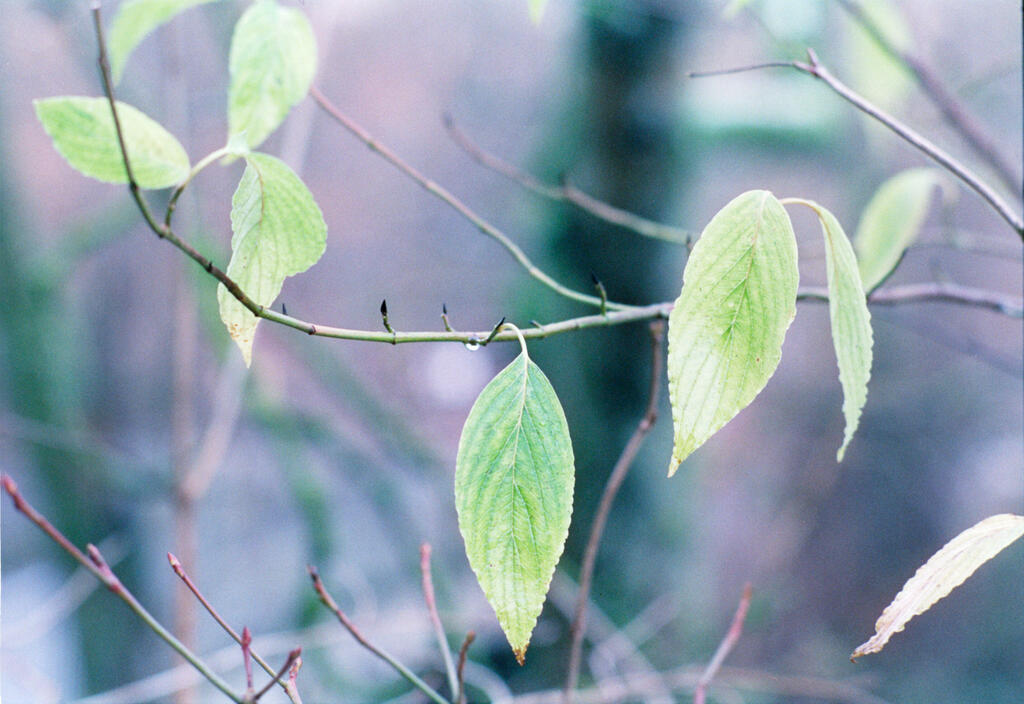
@danielasivanova
Beautiful in daylight as well
"Even though it's a Tungsten film, I've been using it in daylight as well with great results."
CineStill 50d
CineStill’s next film was released two years later in 2014, CineStill 50Daylight, or CineStill 50D. It is a colour balanced daylight (5500k) colour negative motion picture film stock, for us as a still photography film. It is also remjet backing free, resulting in similar unique halation effects to CineStill 800t.
50D is boasted to be the world’s finest grain film! It has great highlight latitude and dynamic colour rendition. It is a very high resolution film, with maximum sharpness and great for portrait and landscape photography.
With 50D you can achieve beautiful photographs by rating it anywhere between 12-100 ISO, without the need for push processing. So it is a great film to experiment with on sunny days. No matter how you meter, you will see almost no grain, but incredible colour, shadow detail and great rendering in the highlights. If you expose at a lower ISO you will get warmer images with greater halation in the highlights. (If you want to learn more about shooting at different ISO then check out our article "Film Speed Explained")
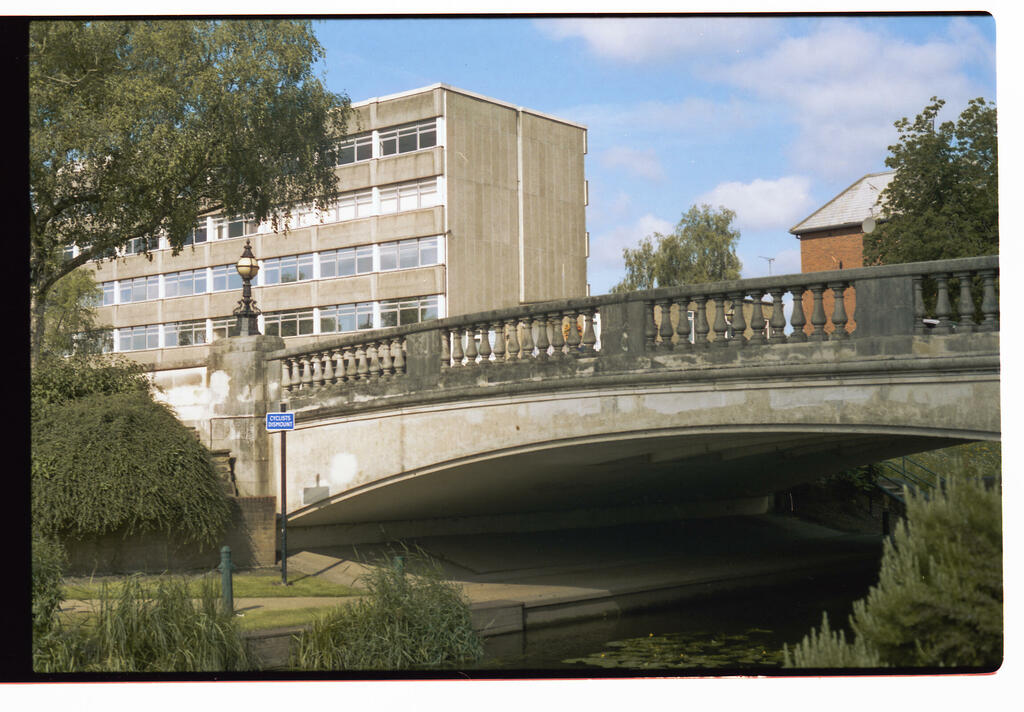
@the_analogue_twig
Possibly my favourite colour film ever
"Loved shooting this film and would shoot it all summer long...
It has a beautiful way of rendering colour giving a nice vintage old school quality, the grain is low and images are sharp...Versatile film good for a variety of situations."
CineStill 400d
A kickstarter was launched earlier this year, and you may have already seen some of the backers receive their films on social media recently. CineStill’s latest colour film launch is CineStill 400d and it will be making its way to Analogue Wonderland very soon!
CineStill 400Dynamic is a daylight-balanced colour film. It is a fine grain film promising to deliver a soft colour palette with natural saturated colour, and warm, rich skin tones. The film has a wide dynamic range, with a box speed of 400 ISO but it can be rated from 200-800 and pushed up to 3200! It is a highly versatile film, suitable for virtually any lighting situation or event and can be used either outdoors or indoors under studio lighting.
It is always exciting to see new film launches in the industry, we can’t wait to get this film in stock, keep your eyes peeled and cameras ready!
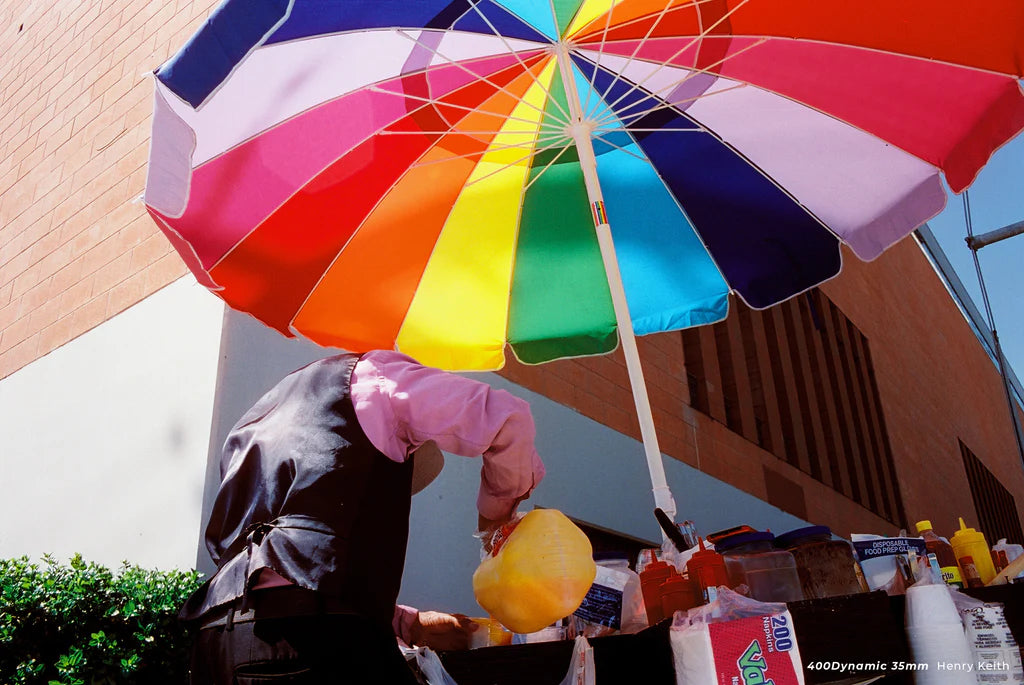
Henry Keith
Lomography
Lomography is another wonderful company producing lots of different colour and experimental films. They are a great brand to try for the creative and experimental photographers amongst you! Lomography is an Austrian company that has been producing films for years, but are also very well known for their cameras such as the Diana F+ and LCA camera.
They produce standard format films in 35mm and 120, but are also one of the only brands still making 110 cartridge films! You can choose to shoot their ‘straight’ Lomo colour films, or experiment with their Redscale or Lomochrome films for some fun colour shifts and more unique photography. Stick to the Lomography motto of ‘Don’t Think Just Shoot’, enjoy spontaneity, unusual framing, close ups and forget about formal photography techniques- just have fun!
Lomo Color
Lomography produces a range of colour negative films in 100, 400 and 800 speeds. You can expect vibrant colours and great sharpness. Choose their faster films for moderate grain and great low light performance, or opt for their color negative ISO 100 for fine grain and crisp detail.
 @thisismylovelettertolife, Lomography Color Negative 400 film
@thisismylovelettertolife, Lomography Color Negative 400 film
LOVE THIS FILM
"Really love this film after getting it in the wonder box. Already plan on getting more. I ran this roll through my Olympus MJUII & it worked a treat. Really want to run some through my FM3A next time so I've got more control. The colours are absolutely beautiful."
Lomography Redscale
Redscale film is a fun and creative way to experiment with colour photography. Normal colour negative film is loaded back to front in the canister, so you shoot through the back of the negative. This creates an atmospheric red glow to your images, as you shoot through the colour negative which picks up the orange-red tint of the plastic film backing. You can vary the intensity of the red hue depending what ISO you shoot it at.
 Kris Lockyear
Kris LockyearFunky stuff
..."it is quite fun to try something so far out of my comfort zone, and I am pleased with some of the images.."
Lomochrome
Lomography’s ‘lomochrome’ is their alternative range of films that offer unique colour shifts and add fun and unusual aesthetics to your photos. This includes Lomochrome purple, Lomochrome Metropolis and a film Lomography have recently reintroduced to their range- Lomochrome Turquoise. Their unique chemical formulas set them apart from traditional colour negative films.
Lomochrome Purple offers psychedelic purple tones across your images, turning greens into reds and violets and giving your images an otherworldly feel.
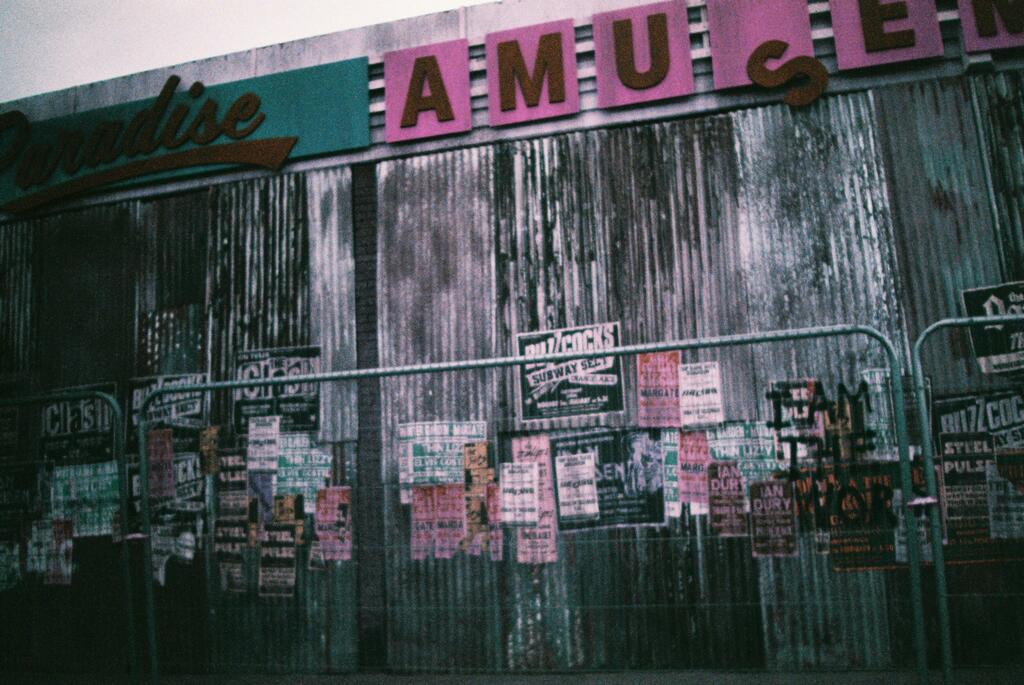
Rosie Caveney
An Experiment in Purple
"Loved this film! I'm a complete beginner and this was the first ever film I shot (purely because it looked so funky!). Pictures were taken on an old Olympus Trip AF 20 found at the bottom of my Great Uncle's wardrobe, and I couldn't be happier with them. The film gave same quirky results despite the photos being taken in relatively low light with little skill. If you're a beginner like myself or just looking for a film to give that extra bit of fun to your photos, then I would highly recommend..."
Lomochrome Metropolis brings a unique grungy look to your photos. It produces destaurated, high contrast photos that have been fine tuned to mimic the colour of old-time movie theatres and photobooks- very different to the fresh colour emulsions on the market today.
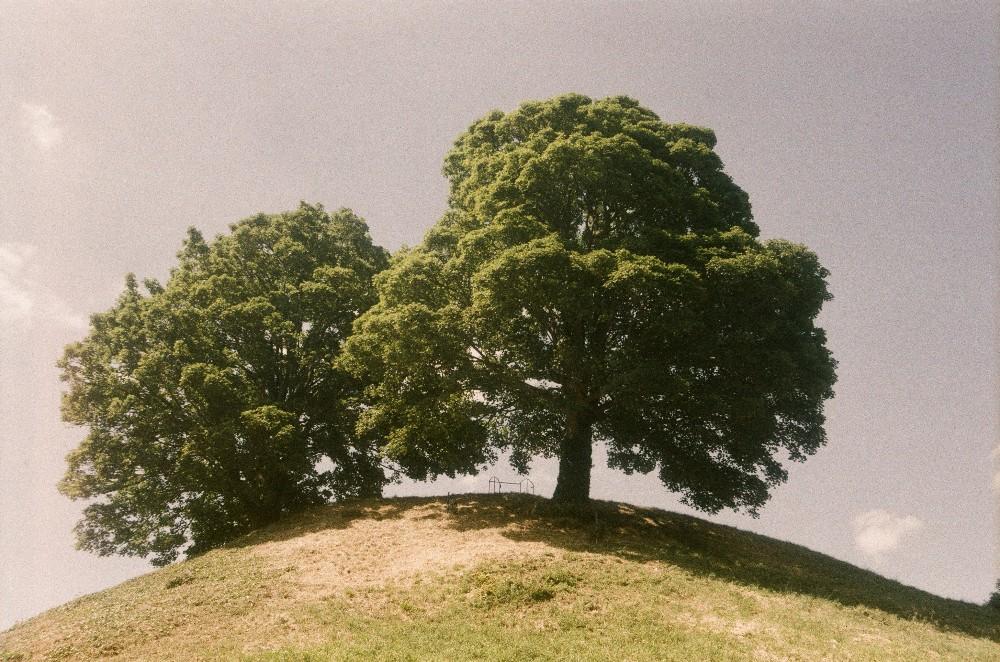
George Griffin
Finally, Lomochrome Turquoise- this film was reintroduced earlier this year and should be arriving with us to Analogue Wonderland very soon! This film offers beautiful turquoise tones across your photographs. This was a much loved film and there was a huge amount of excitement when Lomography promised to bring it back this year!

(c) Lomography
Washi X
Lomig, the creator and inventor behind one of our favourite independent film brands- Washi, has out done himself again! This year he released a beautiful colour emulsion, Washi X! Washi films include a range of speciality black and white films that have been repurposed from industry to take still photos. This includes old x ray film, surveillance films and even sound recording film! Washi X is the latest release from Lomig, it is a technical colour film with no orange mask that gives beautiful warm tones and highly saturated images.
More information comes directly from Film Washi:
"This kind of colour film stock is very specific because there is no orange correcting mask (invented by Kodak in 1947) which gives to the picture very rich and warm tones. It really takes us back to the days of early colour films like the first Agfacolor"
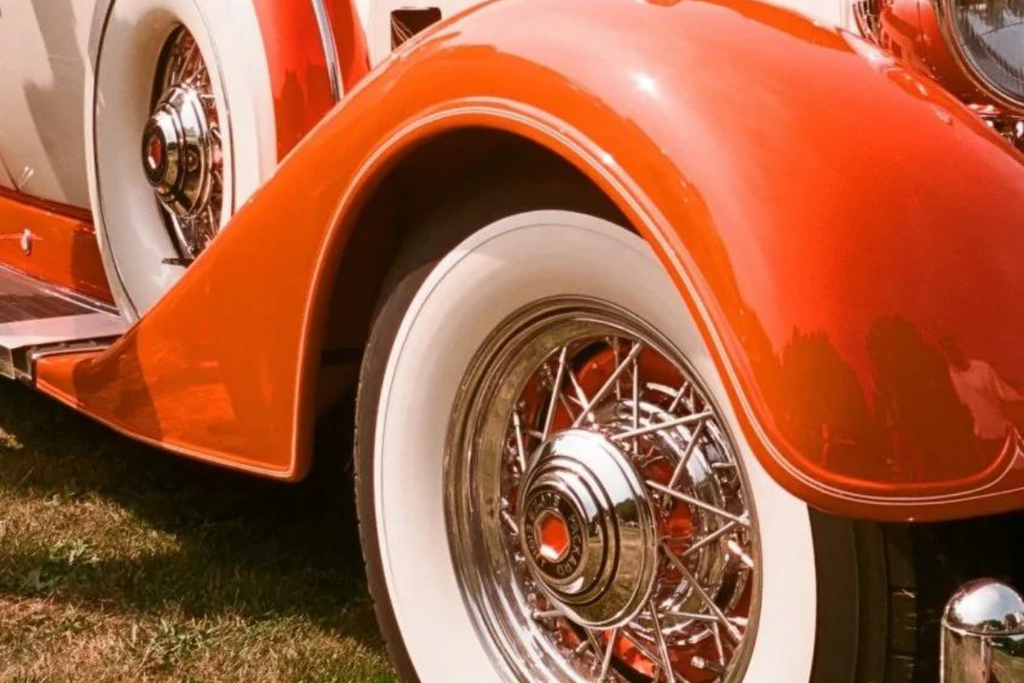
Molly @eclectachrome
Alternative Kodak films
We know how much you all love the Colorplus, Gold, Ultramax, Portra and all of Kodak’s classic colour emulsions. But one film that we don’t think gets enough love is Ektachrome 100. Ektachrome is a slide positive film, so it differs from the colour negatives listed above as your images won’t be inverted back to a positive, the finished result will be exactly as they appear on the developed roll of film. Ektachrome offers beautiful sharpness, fine grain and exceptional colour payoff. There is a stereotype of it being more difficult to shoot, but with careful metering you will be blown away by the results.

Clare Williams @thegladsatsuma_onfilm
Lived up to the hype
"I paid heed to the advice of metering exposures accurately and I'm glad I did, the colours I got in the results are stunning. The slow speed of this film meant I could experiment with wide open apertures and depth of field outside."
Black and white
We know this article is about alternatives for shooting Kodak colour films, but black and white is still a wonderful and viable option. There is a plethora of black and white films available, all of them boasting very different looks and finishes.
Ilford is one of the most iconic names in black and white film, they have a wonderful range of black and white emulsions all the way from ISO 50 up to 3200. You can get varying grain, contrast, sharpness and a wealth of different finishes depending on what emulsion you go for. Although there may be a shortage of colour films available, this is also a great opportunity to give black and white photography a go!
You can also experiment with available black and white films by pushing them! Pushing film is where you shoot it at a higher ISO than normal to increase the films sensitivity to light. This is compensated by longer developing times, and can result in beautiful, grainy negatives. To learn more about pushing, check out our blog here.
Try Tri-chromes
Can’t find any colour film? Well you will love this hack! By shooting black and white film with a red, green, and blue filter, combined with some clever editing in photoshop- you can create coloured images.
Checkout this tri-chrome by Andrew Keedle.

Andrew Keedle @apkeedle, for more of Andrew's work and tips on trichrome photography, check out his website here
Here are Andrew’s simplified steps to trichrome photography:
- Expose with Red filter
- Expose with Green filter
- Expose with Blue filter
- Develop
- Scan
- Create new PS document
- Include each each on appropriate Channel
- Align
- Colour grade like a loony!
Our very own Alex Cole also gave tri-chromes a go recently!

@Alexmcolephotography
"Silberra pan 50, camera is placed on a tripod and three frames are taken using a 720nm (near) infrared filter, then a green filter then blue. The black and white photos are then each stained their respective color and relayed together to create a color image which looks very similar to kodak aerochrome"
Tri-chromes are a fun way to ‘hack’ bw colour film to look just like a colour photograph, some of these results are so incredible you would never tell the difference. Why not push your film photography and have some fun experimenting with this process.
Give alternative film formats a go!
Part of the difficulty in the supply levels of colour film at the moment is not due to the film itself, it is due to the complicated finished process involved with 35mm film. As 35mm is encased in metal canisters, these require careful and complicated processes to get them finished and packaged properly, without light leaks. There aren’t many machines in the world that can do this, and this is one of the reasons for the lack of colour 35mm available today.
In contrast, 120 films uses paper backing and is easier to produce. We haven’t seen the shortage of colour film effect 120 in the same way, and you will find lots of your favourite 35mm emulsions available in 120 format too, so it may be worth considering the jump to medium format! Whilst this film can be more expensive, the larger negatives produce stunning images with higher resolutions. We sell lots of beginner medium format cameras too, such as the Holgas and Lomography Dianas, which offer the perfect entry point into the world of medium format film.
Why is there a colour film shortage?
What is causing the colour film shortage? Firstly, this is a global issue that is affecting shooters everywhere. There are a number of reasons we are experiencing a colour film shortage at the moment: shortage of raw materials, covid related supply and shipping issues, the cost of living crisis, limited factories and film making facilities and the fact that film is incredibly complicated to produce. If you would like some more information, watch the video below where Andy Church from Kodak joined us on our YouTube channel and went into some of the problems facing the film industry right now.
The future of colour film
Don’t worry though, Andy was very optimistic about the future of film! And we are pleased to see that Kodak, along with other companies, are investing into the industry. New releases such as the launch of Kodak Gold are very reassuring and it is great to see Kodak leading the way with these advancements and new product launches.
And the good news is, that once Kodak get ahead with their production (fingers crossed), there will be lots more other colour films available too. Many independent film brands such as Dubblefilm, revolog, BKIFI, and Hanalogital rely on Kodak colour films for the base emulsion of their creative colourfilms. So, once supply is back on track, there should be more colour film available across the industry- no pressure Kodak!
Why is colour film so expensive?
Colour film costs have increased over the last few years, as have lots of things with general inflation. Another factor is simple supply and demand. Analogue photography is on the rise again, and certainly not dead! There is more demand to shoot film than is possible for manufacturers to keep up with, there aren’t many film factories left in the world, and most of them are relying on very old equipment to produce film, so it is hard to keep up with everyone's thirst for film!
We hope this article has given you some ideas and inspiration. There are plenty of great alternatives to Kodak colour film available, and other creative photography techniques to try. As always, if you need any advice or tips on what film is best for you, please feel free to get in touch.
Happy Shooting!
Ready to dive in?
Keep Reading
View all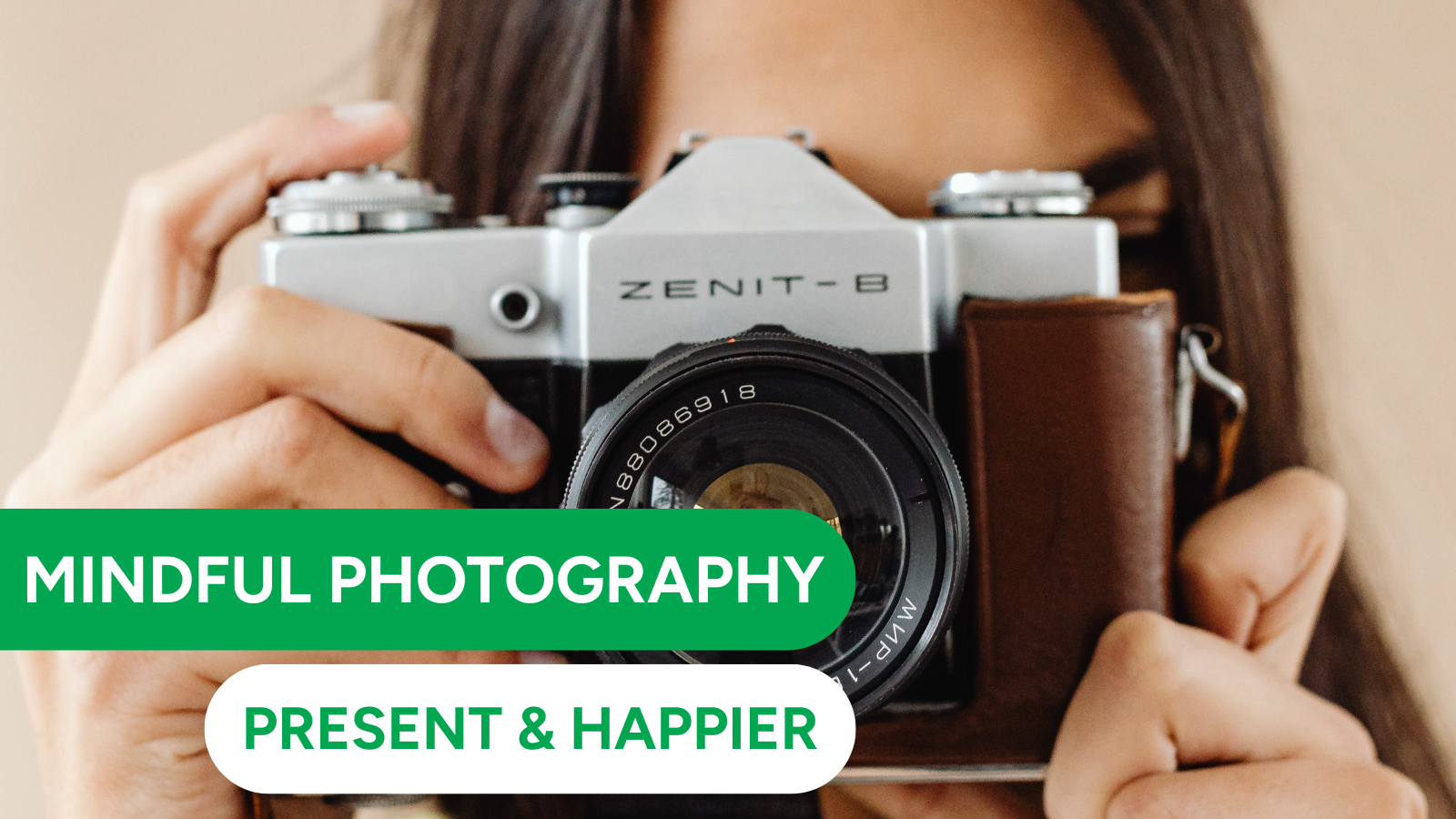
Film Photography & Filmmaking for Mental Health: Why Going Analogue Helps You Be Present, Mindful & Happier
Why Film Photography Matters More Than Ever
In a world of infinite screens, instant outcomes and constant alerts, many of us feel mentally overloa...
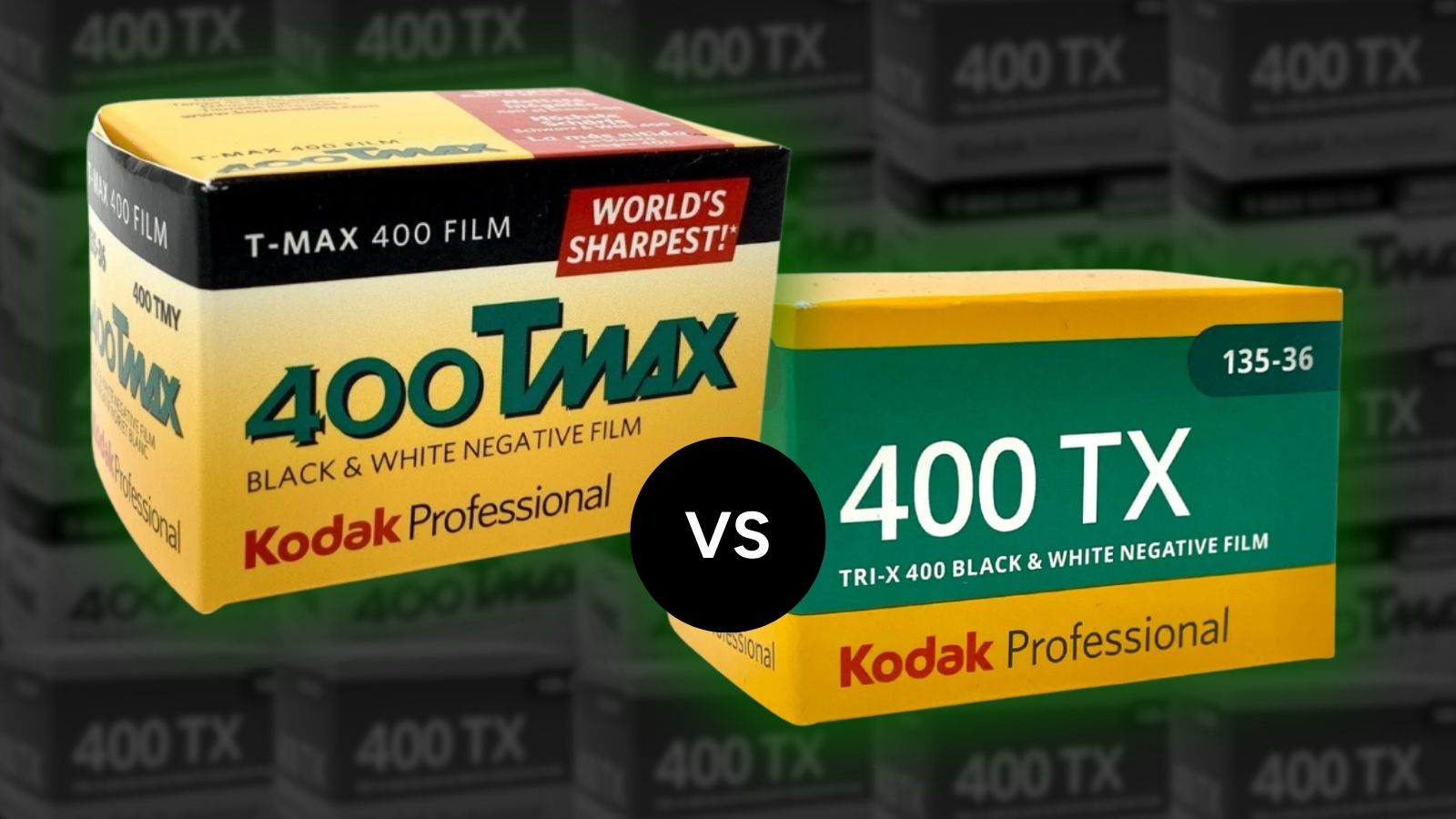
T-Max 400 vs Tri-X 400: Battle of the Kodak Black & White Films
Kodak T-Max 400 and Kodak Tri-X 400 represent two sides of Kodak's black and white film legacy. From Tri-X's gritty high-contrast heritage to T-Max's finer grain, sharpness and modern precision, this blog explores how each film looks, shoots, and develops - helping you choose the right stock for your style, subject, and creative intentions.
Subscribe to our newsletter 💌
Sign up for our newsletter to stay up to date on film photography news, sales and events:
Free Tracked Shipping
On all UK orders over £50
Passion For Film
An unbeatable range and an on-site lab
Our Customers Trust Us
Thousands of independent 5* reviews
All Deliveries are Carbon Neutral
Independently audited and verified by Planet
- Opens in a new window.




